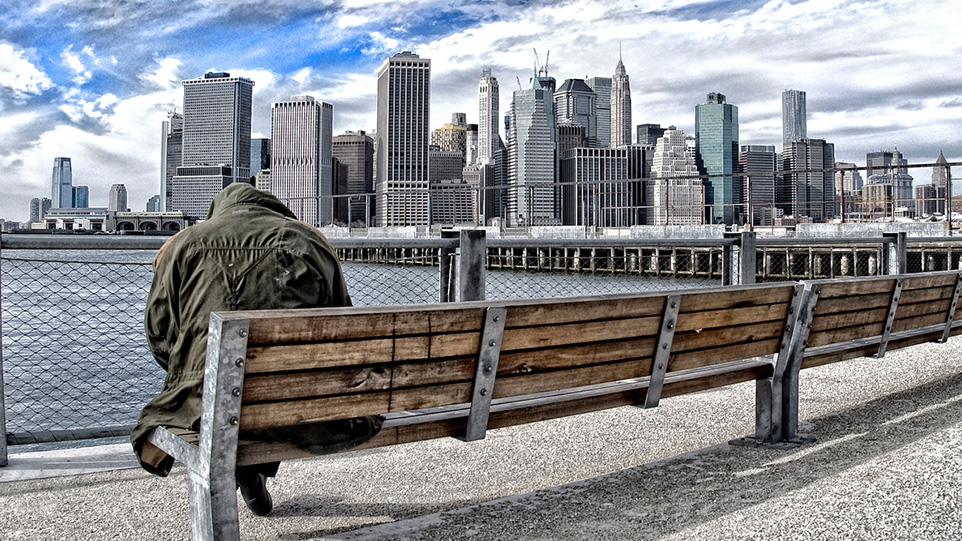Crime Hike May Spoil Bill De Blasio's Plan
The underlying tension of the de Blasio mayoralty is about to explode.
Bill de Blasio ran for City Hall by relentlessly charging the NYPD with racism for its stop, question, and frisk practices. He embraced the anti-cop left's central thesis: That police actions that have a disparate impact on minority communities are per se racist.
Yet de Blasio also knew that his hope for higher office depended on keeping crime in New York down, knowledge that led to the appointment of Police Commissioner Bill Bratton.
De Blasio's dilemma is the following: Any method of data-driven policing will inevitably have a disparate impact on minority communities, because that is where the overwhelming majority of victimization occurs.
Blacks commit 78% of all shootings in the city, according to victims of and witness to those shootings, even though they are only 23% of the population. Whites, who are 34% of the population, commit under 2% of all shootings. Add Hispanic shootings, and you account for 98% of all gunfire in the city.
It is not possible to police effectively without producing racially disproportionate enforcement statistics, whether stops, summons or arrests. How de Blasio could satisfy his base while protecting his political future was the big unanswered question of his mayoralty. He will now have to answer that question.
With murders up nearly 20%, and the number of shooting victims up 9%, now comes the news that stops are on track to drop 20,000 below last year's low of 47,000 — itself a 95% drop from the stop rate of 2011. This further nosedive in proactive policing is not surprising: Officers have existed under a constant barrage of criticism for the last two years, criticism that was already high during the anti-stop litigation, but that has reached a fever pitch over the last nine months since the tragic death of Eric Garner last July. Cops have been routinely vilified as killers and racists. The New York governor and attorney general want to subject them to separate criminal justice systems when they use lethal force.
Arrests have become increasingly tense affairs; cellphone videos threaten to distort officer-civilian interactions by omitting the civilian resistance that led an officer to use force.
Thanks to depolicing, officers are now coming across guns on a daily basis during routine traffic and quality-of-life stops.
The solution to the crime increase is obvious: Encourage officers to intervene more frequently — and of course lawfully — when they observe suspicious behavior. It was that kind of proactive policing that produced New York's record-breaking crime decline in the first place. But while the solution may be simple, the politics of it for de Blasio are fiendishly complicated.
This piece originally appeared in New York Daily News.
This piece originally appeared in New York Daily News

